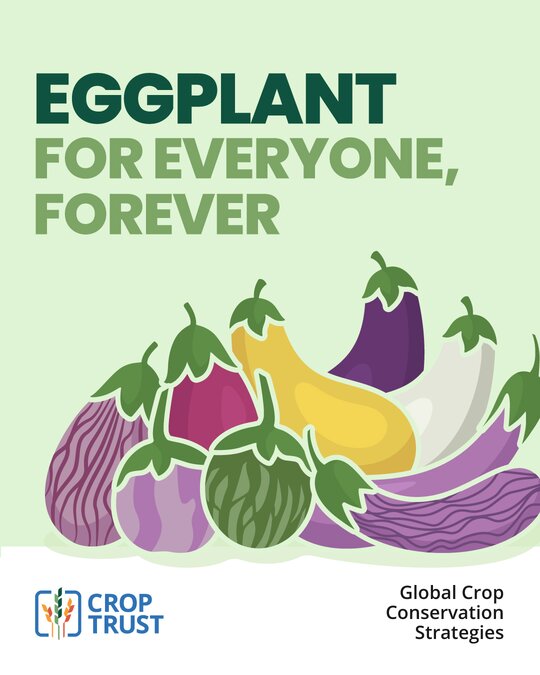If there were a contest for the most glamorous vegetable, and there certainly should be, eggplant would be a strong contender.
There’s so much more to it than the deep, glossy black or rich purple fruit we see in most grocery stores. Eggplants can be green, lilac and even white. Some eggplant varieties protect their fruit with sharp spines; some are big, some small; some long, others round.
And there’s an equally wide range of foods that feature the eggplant. We enjoy it in stews, baked dishes, dips and curries all around the world.
Common eggplant (Solanum melongena), also known as brinjal eggplant or aubergine, has an almost world-wide distribution. Two other species, scarlet eggplant (Solanum aethiopicum) and gboma eggplant (Solanum macrocarpon), are widely grown in Africa.
Other minor vegetables and fruits in the eggplant genepool include Solanum torvum, which features in Thai curries and is also used as a rootstock for tomato, Solanum scabrum and Solanum americanum, which are traditional leafy vegetables consumed in sub-Saharan Africa and southeast Asia, and Solanum quitoense (naranjilla) and Solanum sessiliflorum (cocona), fruits grown in South America.
But this delicious – and nutritious – crop is under threat.
WHY ARE EGGPLANTS UNDER THREAT?
- Eggplants have large, soft fruits and a long growing period, making them vulnerable to pests and diseases.
- Extreme temperatures, drought and flooding reduce farmers’ yields.
- Land-use changes threaten eggplant wild relatives, and heirloom varieties are disappearing as farmers switch to higher-yielding varieties or even other crops.
THE SOLUTION? DIVERSITY.
Our climate is changing and we need to adapt eggplant to be more resilient to pests and disea ses, drought and other stresses. To do that, we need to safeguard and use all the diversity of
eggplants in genebanks – for scientists, breeders and farmers.
As part of the Crop Trust’s mission to safeguard crop diversity in perpetuity, key crops have been chosen for the development of comprehensive strategies to guide and coordinate global efforts for their conservation. Eggplant has been selected because it is an important, high-value crop. The Crop Trust has facilitated the development of a global strategy to conserve the diversity of eggplant and its wild relatives to help ensure food and nutrition security.
Did You Know?
- The eggplant, also called Solanum melongena, is native to Southeast Asia, but is grown around the world.
- Eggplants are especially popular in Asia and the Mediterranean.
- Two other eggplant species, scarlet eggplant (Solanum aethiopicum) and gboma eggplant (Solanum macrocarpon), are grown in Africa.
- Though used as a vegetable, the eggplant is a fruit, botanically speaking – a berry to be precise.
- From white to purple and almost every shade in between, eggplants come in a wide variety of beautiful colors.
- Eggplant got its name from a white, egg-shaped variety, but we also call this crop brinjal, aubergine and Guinea squash.
- People once believed that the eggplant was poisonous because of its close similarity with nightshades.
- The Italian name for eggplant, melanzana, was interpreted as “apple of insanity."
- Eggplants can be baked, fried or boiled and feature in pickles, dips, stews and curries.
- The skin and flesh of eggplants contain health-promoting phytonutrients such as sterols, alkaloids and flavonoids, which have anti-cancer, anti-obesity and anti-inflammatory properties.
- Pigments in the skin of eggplants are powerful antioxidants, so don’t peel it!

